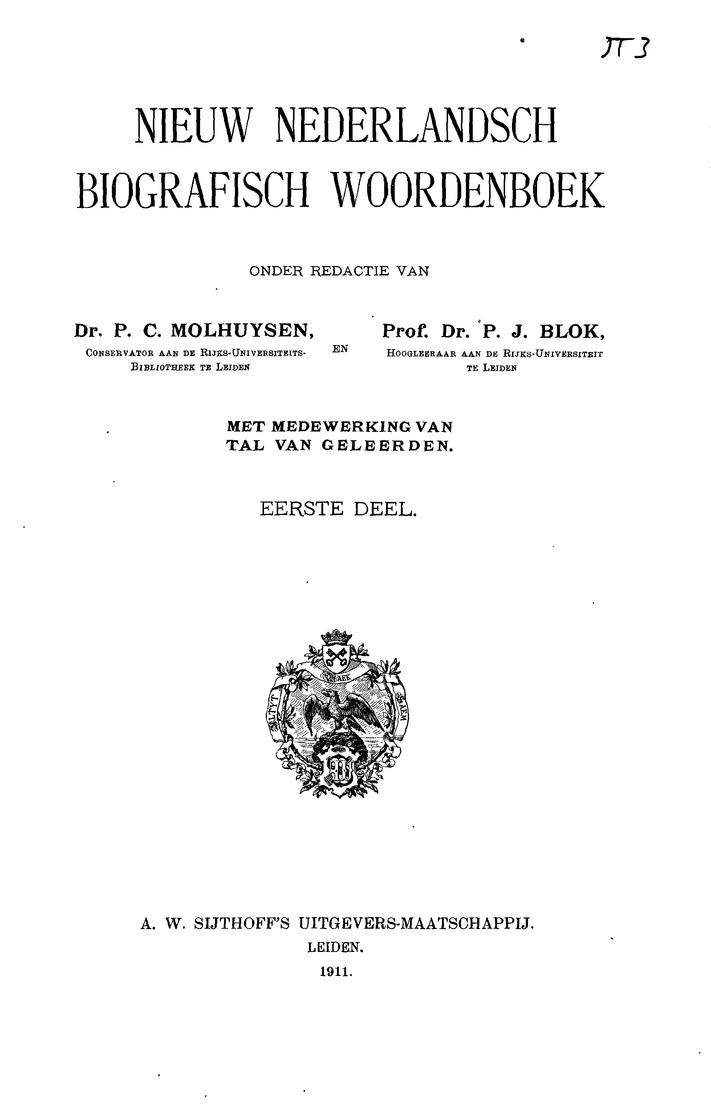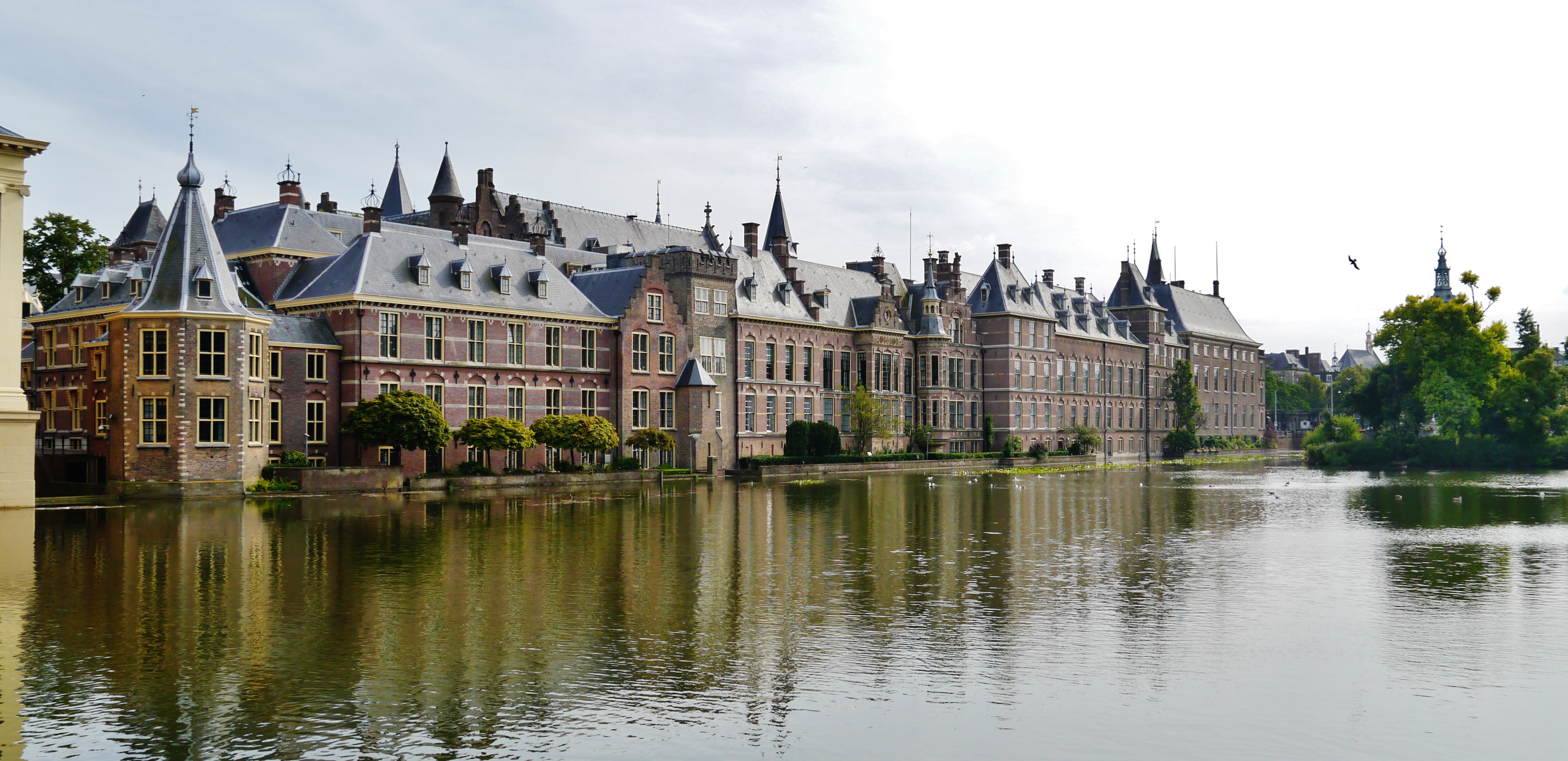|
Wendela Bicker
Wendela Bicker (Amsterdam, baptized 30 December 1635 – 1 July 1668) was the wife of Johan de Witt. She was one of the richest young female commoners of her time and she married one of the most influential republican politicians in the Netherlands. She was in the public eye during her lifetime and entered history books thereafter. This is facilitated by the letters and the housekeeping books she left behind. The narrative about her life reflects how the role of women in the Netherlands in the 17th century was and is understood. Biography As the daughter of Amsterdam merchant and Mayor Jan Bicker (1591-1653) and Agneta de Graeff van Polsbroek (1603-1656), she was a descendant of the Bicker-De Graeff clan, the two most influential Amsterdam families of the Dutch Golden Age, and also relative of the families Hooft and of Volkert Overlander and Frans Banninck Cocq. Wendela grew up in a city house on Keizersgracht. Her sister Jacoba Bicker married their full cousin Pieter de Gr ... [...More Info...] [...Related Items...] OR: [Wikipedia] [Google] [Baidu] |
Wendela Bicker
Wendela Bicker (Amsterdam, baptized 30 December 1635 – 1 July 1668) was the wife of Johan de Witt. She was one of the richest young female commoners of her time and she married one of the most influential republican politicians in the Netherlands. She was in the public eye during her lifetime and entered history books thereafter. This is facilitated by the letters and the housekeeping books she left behind. The narrative about her life reflects how the role of women in the Netherlands in the 17th century was and is understood. Biography As the daughter of Amsterdam merchant and Mayor Jan Bicker (1591-1653) and Agneta de Graeff van Polsbroek (1603-1656), she was a descendant of the Bicker-De Graeff clan, the two most influential Amsterdam families of the Dutch Golden Age, and also relative of the families Hooft and of Volkert Overlander and Frans Banninck Cocq. Wendela grew up in a city house on Keizersgracht. Her sister Jacoba Bicker married their full cousin Pieter de Gr ... [...More Info...] [...Related Items...] OR: [Wikipedia] [Google] [Baidu] |
Abraham Teerlink
Abraham Teerlink (Dordrecht, 5 November 1776) - Rome, 26 May 1857J.L.van Dalen, red. P.C.Molhuysen and P.J.BlokNieuw Nederlandsch Biografisch Woordenboek4th part p.1297 (published 1918, Dutch) or July 1857A.J.van der AaBiographisch Woordenboek der Nederlanden18th part, p.44 (1874, Dutch)) was a 19th-century painter and draughtsman from the Northern Netherlands. Life and work Abraham Teerlink jr. was the son in the middle-class family of Abraham Teerlink sr. and Johanna Smits. After showing an interest in the arts, he was tutored by Michiel VersteeghRoeland van Eijnden and Adriaan van der WilligenGeschiedenis der Vaderlandsche Schilderkunst2nd part, p.220-221 (1816 - 1840, Dutch) and later by J. Kelderman and Arie Lamme. He started with copying works of famous artists (under supervision of the mentioned tutors), [...More Info...] [...Related Items...] OR: [Wikipedia] [Google] [Baidu] |
Reinier Vinkeles
Reinier Vinkeles (1741 – 1816) was an 18th-century painter and engraver from the Northern Netherlands, who was the teacher of several talented artists. Biography Vinkeles was born in 1741, in Amsterdam. He studied for some ten years with Jan Punt and joined the Amsterdam '' Stadstekenacademie'' (City Drawing School) in 1762. In 1765 he travelled to Brabant with Jurriaan Andriessen and Izaäk Schmidt. In 1770 he left for Paris, where he studied for a year with Jacques-Philippe Le Bas and also met the Dutch artists Hermanus Numan and Izaak Jansz de Wit (1744-1809). When he returned to Amsterdam he worked making prints for book illustrations, including portraits, topographical and architectural prints, copies after Dutch masters, and theatre sets.Reinier Vinkeles in the RKD ... [...More Info...] [...Related Items...] OR: [Wikipedia] [Google] [Baidu] |
Adriaen Hanneman
Adriaen is a Dutch form of Adrian. Notable people with the name include: * Adriaen Banckert (1615–1684), Dutch admiral * Adriaen Block (1567–1627), Dutch private trader and navigator * Adriaen Brouwer (1605–1638), Flemish genre painter * Adriaen de Vries (1556–1626), Northern Mannerist sculptor born in the Netherlands * Adriaen Hanneman (1603–1671), seventeenth-century Dutch painter *Adriaen Isenbrandt (1480–1551), Flemish Northern Renaissance painter * Adriaen Maertensz Block (1582–1661), successively captain, commander, and governor of the Ambon Island * Adriaen van Bergen devised the plot to recapture the city of Breda from the Spanish during the Eighty Years' War * Adriaen van de Velde (1636–1672), Dutch animal and landscape painter * Adriaen van de Venne (1589–1662), versatile Dutch Baroque painter * Adriaen van der Cabel (1631–1705), Dutch painter of the Dutch school * Adriaen van der Donck (1618–1655), lawyer and landowner in New Netherland * Adriaen van ... [...More Info...] [...Related Items...] OR: [Wikipedia] [Google] [Baidu] |
Nicolaes Tulp
Nicolaes Tulp (9 October 1593 – 12 September 1674) was a Dutch surgeon and mayor of Amsterdam. Tulp was well known for his upstanding moral character and as the subject of Rembrandt's famous painting '' The Anatomy Lesson of Dr. Nicolaes Tulp''. Life Born Claes Pieterszoon, he was the son of a prosperous merchant active in civic affairs in Amsterdam. From 1611 to 1614 he studied medicine in Leiden. When he returned to Amsterdam he became a respected doctor and in 1617 he married Aagfe Van der Voegh. An ambitious young man, he adopted the tulip as his heraldric emblem and changed his name to Nicolaes (a more proper version of the name ''Claes'') Tulp. He began working in local politics as city treasurer, and in 1622, became a magistrate in Amsterdam. Career as a physician The career of Tulp matched the success of Amsterdam. As the population of Amsterdam grew from 30,000 in 1580 to 210,000 in 1650, Tulp's career as a doctor and politician made him a man of influence. He dro ... [...More Info...] [...Related Items...] OR: [Wikipedia] [Google] [Baidu] |
Huygens Institute For The History Of The Netherlands
The Huygens Institute for the History of the Netherlands was formed on January 1, 2011 through a merger of the Institute of Dutch History ( nl, 'Instituut voor Nederlandse Geschiedenis', ING) a research institute of the Netherlands Organisation for Scientific Research, and the Huygens Instituut of the Royal Netherlands Academy of Arts and Sciences (founded in 1808). The institute is located in Amsterdam, Netherlands, in the Spinhuis building. The institute is made up of three thematically oriented sections: one for the study of political and institutional history, one for the study of the history of science, and a third one for the study of literature. The first section dates back to 1902, when it was established as the "Commissie van Advies voor de 's Rijks Geschiedkundige Publicatien" (Advisory Commission for Publications in the History of the Empire), under the directorship of the historian Herman Theodoor Colenbrander. Huygens ING researches texts and sources from the past ... [...More Info...] [...Related Items...] OR: [Wikipedia] [Google] [Baidu] |
Nieuw Nederlandsch Biografisch Woordenboek
The ''Nieuw Nederlandsch Biografisch Woordenboek'' (''NNBW'') is a biographical reference work in the Dutch language. It has been succeeded by the ''Biografisch Woordenboek van Nederland''. It was published in ten parts between 1911 and 1937 by Sijthoff, Leiden, and the editors were and P. J. Blok. The lexicon contains more than 22,000 short biographies on important or at least notable Dutch people. No persons born after 1910 were included. The ''NNBW'' was compiled by several hundred historians and other experts. Since then it has been considered one of the most important reference works for Dutch history. It has been digitalised through a collaboration between the Digital Library for Dutch Literature (dbnl) and the Institution for Dutch History (ING), and both organisations have made the ''NNBW'' fully available to everyone on their respective sites. External links * Nieuw Nederlandsch Biografisch Woordenboek' at the Huygens Institute * Nieuw Nederlandsch biografisch woord ... [...More Info...] [...Related Items...] OR: [Wikipedia] [Google] [Baidu] |
Jan Romein
Jan Marius Romein (30 October 1893 – 16 July 1962) was a Dutch historian, journalist, literary scholar and professor of history at the University of Amsterdam. A Marxist and a student of Huizinga, Romein is remembered for his popularizing books of Dutch national history, jointly authored with his wife Annie Romein-Verschoor. His work has been translated into English, German, French, Italian, Polish, Indonesian and Japanese. Biography Born in Rotterdam, Romein married the writer and historian Annie Romein-Verschoor (1895–1978) on 14 August 1920. Romein began writing while studying humanities at the University of Leiden (1914–1920). Of his professors the historian Johan Huizinga inspired him the most. During his studies and impressed by the First World War and the Russian Revolution he became interested in Marxism. He translated Franz Mehring's biography on Karl Marx into Dutch (1921; with an introductory essay). After a stay of seven months in Denmark, where Romein's ... [...More Info...] [...Related Items...] OR: [Wikipedia] [Google] [Baidu] |
Johan De Witt Jr
{{disambiguation ...
Johan * Johan (given name) * ''Johan'' (film), a 1921 Swedish film directed by Mauritz Stiller * Johan (band), a Dutch pop-group ** ''Johan'' (album), a 1996 album by the group * Johan Peninsula, Ellesmere Island, Nunavut, Canada * Jo-Han, a manufacturer of plastic scale model kits See also * John (name) John (; ') is a common male given name in the English language of Hebrew origin. The name is the English form of ''Iohannes'' and ''Ioannes'', which are the Latin forms of the Greek name Ioannis (Ιωάννης), originally borne by Hellenize ... [...More Info...] [...Related Items...] OR: [Wikipedia] [Google] [Baidu] |
Sir William Temple, 1st Baronet
Sir William Temple, 1st Baronet (25 April 162827 January 1699) was an English diplomat, statesman and essayist. An important diplomat, he was recalled in 1679, and for a brief period was a leading advisor to Charles II, with whom he then fell out. He retired to the country, and thereafter occupied himself with gardening and writing. He is best remembered today for two aspects of his life after retirement: a passage on the designs of Chinese gardens, written without ever having seen one, and for employing the young Jonathan Swift as his secretary. The first is sometimes given as an early indication of the English landscape garden style, praising irregularity in design. Biography William Temple was the son of Sir John Temple of Dublin, an Irish judge and Master of the Rolls. Born in London, and educated at Emmanuel College, Cambridge, Temple travelled across Europe, and was for some time a member of the Irish Parliament, employed on various diplomatic missions. During his time ... [...More Info...] [...Related Items...] OR: [Wikipedia] [Google] [Baidu] |
Binnenhof
The Binnenhof (; en, Inner Court) is a complex of buildings in the city centre of The Hague, Netherlands, next to the Hofvijver lake. It houses the meeting place of both houses of the States General of the Netherlands, as well as the Ministry of General Affairs and the office of the Prime Minister of the Netherlands. Built primarily in the 13th century, the Gothic castle originally functioned as residence of the counts of Holland and became the political centre of the Dutch Republic in 1584. It is counted among the Top 100 Dutch heritage sites. The Binnenhof is among the oldest Parliament buildings in the world still in use. History Little is known about the origin of the Binnenhof. Presumably, the grounds next to the Hofvijver lake, and the small homestead on it, were purchased by Count Floris IV of Holland from Meiland van Wassenaar in November 1229. Between 1230 and 1234 he had the homestead expanded to a small keep. After Floris' son and successor William II was ... [...More Info...] [...Related Items...] OR: [Wikipedia] [Google] [Baidu] |



